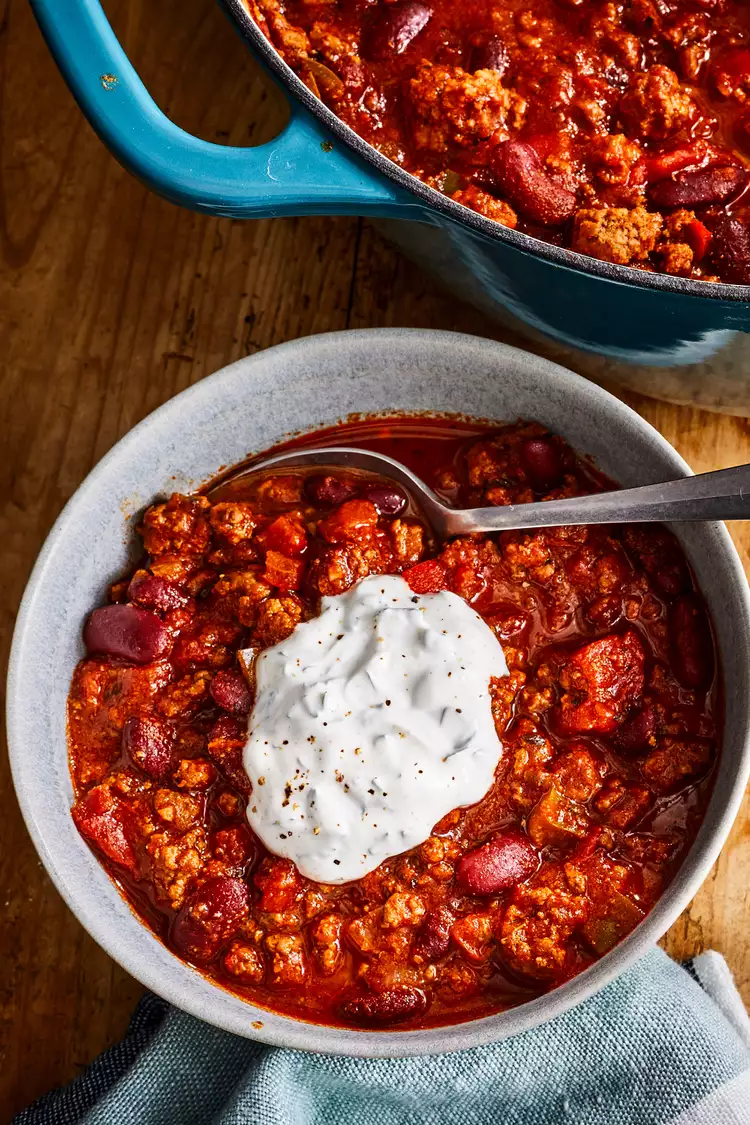- No. 268 Xianghe Street, Economic Development Zone of Xingtai city, Hebei 054001 China
- Byron@hbhongri.cn
How to Make Your Own Paprika Powder at Home
Homemade Paprika Powder A Flavorful Journey
Paprika, with its vibrant red hue and rich flavor profile, is a spice that has found its way into kitchens around the world. While store-bought paprika has its charm, making your own homemade paprika powder allows you to create a product that is fresher, more flavorful, and tailored to your taste. In this article, we will explore how to make homemade paprika powder, the different types of paprika, and how to use it in your cooking.
The Types of Paprika
Before diving into the process of making paprika powder, it's essential to understand the variety of peppers that can be used. Paprika commonly comes from a variety of Capsicum annuum peppers, which can range from sweet to hot. The most popular types of paprika include
1. Sweet Paprika Mild in flavor, sweet paprika is often used for coloring dishes and adding a slight sweetness. It is commonly found in Hungarian cooking. 2. Smoked Paprika Known for its rich smoky flavor, this paprika is made from peppers that have been dried over an oak wood fire. It adds depth and complexity to a dish. 3. Hot Paprika This version contains a higher proportion of hotter pepper varieties, making it perfect for those who enjoy a little kick in their meals.
By making your own homemade paprika powder, you can experiment with different varieties and even blend them to create a unique seasoning that suits your palate.
Preparing Your Peppers
To start your homemade paprika adventure, you'll need to obtain fresh peppers. You can grow your own peppers in your garden, or visit local farmers' markets for the freshest options. The best peppers for paprika typically include varieties like Hungarian wax or bell peppers.
1. Select and Harvest Choose ripe, vibrant peppers. The more colorful and fresh the peppers, the better the resulting flavor.
2. Clean and Slice Rinse the peppers thoroughly under running water. Cut off the stems and remove the seeds and membranes, as they can add bitterness to the powder.
homemade paprika powder

3. Drying There are several methods to dry your peppers. You could use a food dehydrator for a controlled environment, or you can also hang them in a well-ventilated area away from the sun. If you're pressed for time, an oven set at the lowest temperature works well too, but be sure to watch closely to avoid burning.
4. Grinding Once your peppers are thoroughly dried, it’s time to grind them into powder. Use a spice grinder or a blender to achieve a fine consistency. If you prefer a coarser texture, you can adjust the grinding time accordingly.
Storing Your Paprika Powder
To maintain the freshness and flavor of your homemade paprika powder, proper storage is crucial. Keep the powder in an airtight container in a cool, dark place. Glass jars with tight-fitting lids are perfect for this purpose. Homemade paprika can last for several months with the right storage conditions, but it's best used within a few weeks for optimal flavor.
Culinary Uses of Paprika Powder
Homemade paprika powder is incredibly versatile and can be used in various ways
- As a Garnish Sprinkle it over deviled eggs, pastas, or salads to enhance color and flavor. - In Marinades Combine paprika with olive oil and spices to create a flavorful marinade for meats or vegetables. - In Soups and Stews Add depth to your soups, stews, and sauces with a teaspoon or two of this spice. - In Dips and Spreads Incorporate paprika powder into hummus, aioli, or sour cream for a delicious twist.
Conclusion
Making homemade paprika powder is a rewarding culinary experience that enriches your cooking. By starting with fresh peppers, you can create a spice that reflects your taste preferences while also adding a beautiful burst of color and flavor to your dishes. So roll up your sleeves, get your ingredients, and indulge in the aromatic world of homemade paprika powder!
-
Unlock the Power of Nature with Capsicum Oleoresin ExtractNewsJul.03,2025
-
Unleash the Heat: Discover the Wonders of Spicy Crushed Red PepperNewsJul.03,2025
-
Unleash the Flavor of Red Pepper Pods – Elevate Your Culinary Creations!NewsJul.03,2025
-
The Rich Flavor of Red Pepper Dried – The Ultimate Ingredient for Your Culinary Creations!NewsJul.03,2025
-
Discover the Rich Flavor of the PaprikaNewsJul.03,2025
-
Discover the Flavorful World of Paprika & Chili ProductsNewsJul.03,2025







